 In times of crisis, there is no better companion than a pet. There are countless articles and research showing the mental and health benefits that come with caring for a pet. Pets are wonderful at helping us cope with stress, and there is no better time for the unconditional love and companionship that only a pet can provide during this time of crisis.
In times of crisis, there is no better companion than a pet. There are countless articles and research showing the mental and health benefits that come with caring for a pet. Pets are wonderful at helping us cope with stress, and there is no better time for the unconditional love and companionship that only a pet can provide during this time of crisis.
Pets have evolved to be attuned to their humans’ feelings and emotions. In the same way that we learn their likes and dislikes, they also learn about our emotions, behaviors, and and our stress levels. Pets can even learn our mannerisms and know what they can expect from us. Many pets can help us cope with stress and anxiety. However, because dogs and cats are the most affectionate of pets, they can reduce stress, anxiety, depression, ease loneliness, encourage exercise, weight loss, and improve our cardiovascular health .
But what happens to our pets when our stress and anxiety is too much to handle?“We might see an uptick in depressive behavior like trouble sleeping, losing their appetite, not wanting to play or seeming listless.” — Ettel Edshteyn, a certified trainer at Karen Pryor Academy and owner of New York City’s Poodles to Pit Bulls Clicker Training
We are going through an unprecedented crisis with a global pandemic, social distancing, and quarantine restrictions. These are very uncertain times with heightened concerns about our health, the economy, jobs, our children, elderly family members, and if we can even get the every day necessities.
Because of the added fear and stress of it all, we may be projecting certain behaviors and emotions that our pets may be unaccustomed to.
Studies have shown that pets mirror their owners’ personalities. Researchers in Austria found that dogs can mirror the anxiety and negativity of owners. A study from the University of Vienna found that both owners and dogs influenced each other’s coping mechanisms with the human partner being more influential than the dog. So, during this time, we should expect that some dogs and even cats will be acting out in response to our current state of emotion, stress, or anxiety.
“Dogs are deeply sensitive to human emotions, especially in their particular guardians.” — Sally Morgan, a holistic physical therapist for pets and people, as well as the author of “Dances of the Heart — Connecting with Animals.”
Most of the behaviors that we can expect to see in dogs are associated with how nervous they may be feeling. Dogs do not understand why their owners are stressed, sad or angry, but they will react in many different ways. Expected behaviors associated with nervousness can include:Excessive Barking — Your dog is suddenly barking at unusual hours when he or she typically doesn’t bark such as in the middle of the night; excessive barking when someone comes to your door; or unexplained barking out of nowhere.
-
Hiding — Your pup may display increased shaking; hiding in their crate, or other secluded areas, not wanting to come out.
-
Excessive whining — This will likely occur at the most inopportune moments accompanied by excessive neediness. It is important that you do not pet your dog if this is happening as this tells your dog that he or she is being rewarded for the behavior, and you may be encouraging the behavior to continue further.
-
Aggression — Getting into scuffles and fights with other dogs in the home; unforeseen aggression towards other pets in the home and even in the most extreme cases; reactivity towards you, such as leash reactivity during a walk.
-
Destructive behavior — Chewing your things; having accidents in the house; destroying their own things like blankets or crates.
All of these behaviors are associated with a dog’s fight or flight response. Aggressive behaviors may occur out of fear, or as a way to let go of pent up negative energy.
In cats, you may see certain behaviors such as:
-
Excessive excitability- Biting or scratching when being petted, which is not uncommon during normal times, but it may happen more frequently or suddenly.
-
Hyperactivity — zoomies and unexpected chasing and pouncing on your legs or feet while you are out and about your home.
-
Destructive behaviors — extra clawing on items where they are not allowed on and excessive destruction of our most prized and cherished toilet paper.
-
Roaming — In extreme cases, your cat may want to venture in the outdoors. This is especially dangerous for indoor cats that may not be familiar with their external environment.
So, how should we handle these behaviors at a time when our emotions are running at an all-time high? Awareness is the first step. Being aware of our own feelings and being mindful of our emotions and addressing them or doing something to keep our stress and negative emotions at bay will help us to avoid unwanted behaviors in our pets.
We must realize that dogs are very intuitive and our body language alone can show stress without us even saying a word. They notice when we are tense and when something is wrong. It’s very important that you try to remain calm and do activities that help you relax and your pet relax such as:
-
Exercising and going on walks with your dog — this is a wonderful way to let go of some of the stress and to help your pup release some negative pent up energy. However, it is important that you start your walk in a calm, relaxed manner rather than the typical excitement that is often created when taking your dog out for a walk. Starting the walk from a more relaxed state will help to prevent your dog from demonstrating unwanted behaviors.
-
Meditate — taking time for yourself is vitally important all the time, but especially now when there is so much uncertainty, daily routines are off, and there’s more stress in general in the home and our world. Meditating first thing in the morning helps to create a sense of calm and clarity, which not only helps you; it can also help your pet.
-
Maintaining a routine — With more people working from home and kids out of school, your normal daily routine is likely “off”. This is not only a big adjustment for you; it’s also a big adjustment for our pets. Pets, especially dogs are more settled when they have a routine and structure. Try to keep your routine as close to ‘normal’ as possible especially when it comes to walking and feeding times.
-
Keep them entertained — In a time of quarantine, your dog’s unwanted behavior is likely due to their inability to go outside, especially if you live in an apartment or condo community. Keep your pooch entertained with puzzle toys or treat dispensers. . You can make your own puzzle toys with items you already have around your home.
Two simple puzzles that will entertain your dog:
Box Puzzle: If you have empty boxes, arrange them on the floor and hide treats in some of the boxes. Show your dog the boxes and let your pup use its nose to find the hidden treats. Rearrange the boxes with more treats.
Cupcake Puzzle: Get an empty cupcake or muffin pan and 12 (or as many as you have) tennis balls. Place treats or pieces of your dog’s kibble into some but not all of the pan’s cups, and cover all of the cups with the tennis balls. Show your dog the tray and see how long it takes for him or her to move the right balls and find the hidden food. Each time you play, change where you place the treats.
To address excitability in your cat, be mindful of his or her body language. You can get an idea of your kitty’s stress levels by looking into their eyes. If his or her pupils are dilated, and they flick their tail up and down, then it’s time to stop petting him or her and leave them alone.
Hyperactivity and destructive behaviors can be addressed by providing additional exercise with things such as a feathered toy, a laser pointer, or even playing fetch. Also keep you cat(s) away from the prized items by using a compressed air pet corrector, deterrent scents such as citronella, lavender, peppermint, lemongrass and orange.
Finally, when these behaviors occur during this time, don’t hold it against your pet or punish him or her for it. Be aware of the situation and remain calm. Provide guidance to your pet by responsibly correcting him or her so he/she understands that this behavior is unwanted. Help your pet by using one of the recommendations mentioned above. In the end, a tired pet is a happy and good pet.
If you are experiencing difficulties with your pet during this time, we’d love to help. Feel free to reach out to us at info@pawprintsinthesand.org. We want to make sure you and your pet(s) are happy and safe during this time and always.
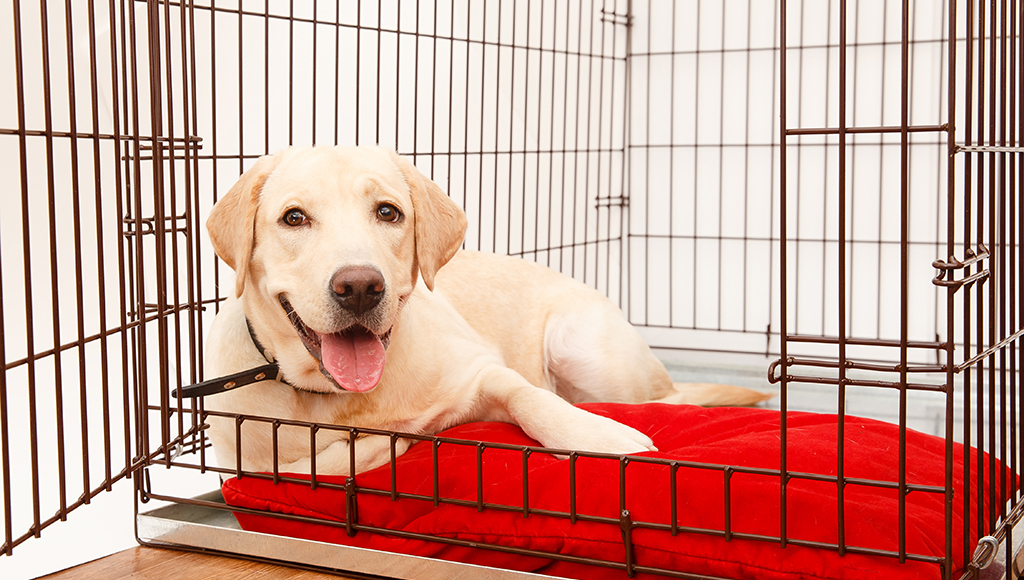


 In times of crisis, there is no better companion than a pet. There are countless articles and research showing the mental and health benefits that come with caring for a pet. Pets are wonderful at helping us cope with stress, and there is no better time for the unconditional love and companionship that only a pet can provide during this time of crisis.
In times of crisis, there is no better companion than a pet. There are countless articles and research showing the mental and health benefits that come with caring for a pet. Pets are wonderful at helping us cope with stress, and there is no better time for the unconditional love and companionship that only a pet can provide during this time of crisis.
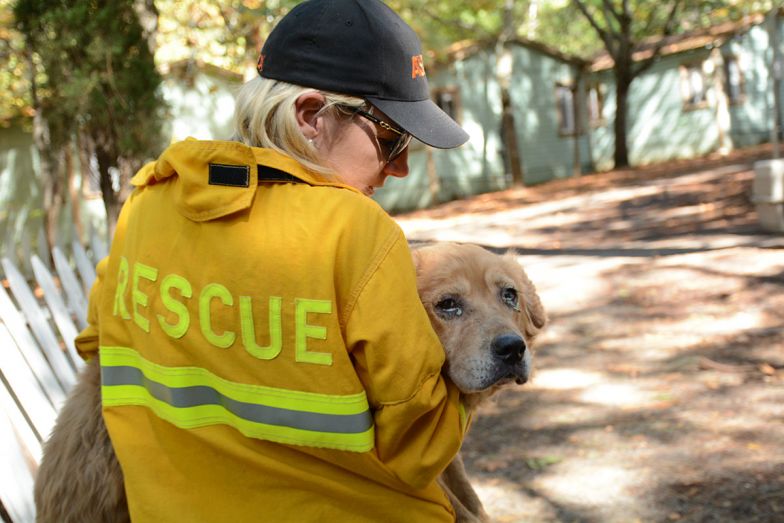
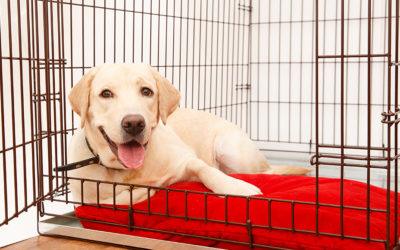



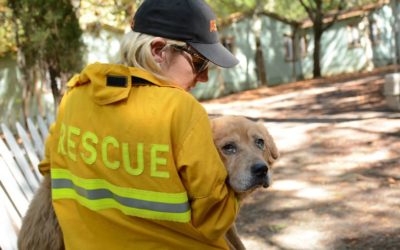
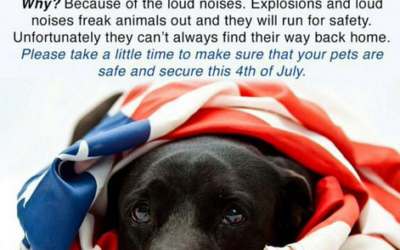










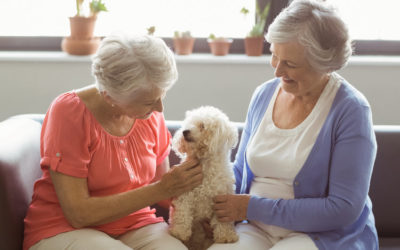
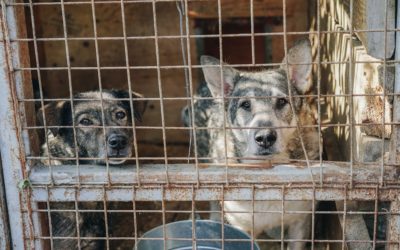
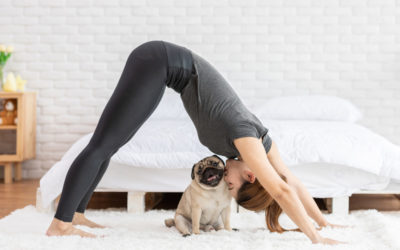



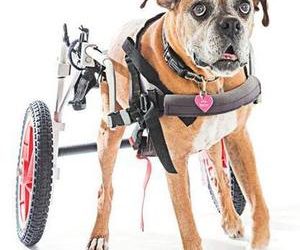
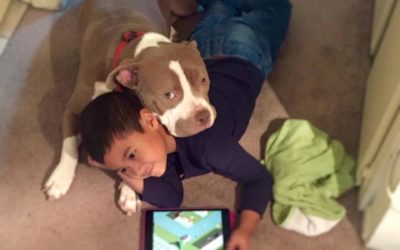
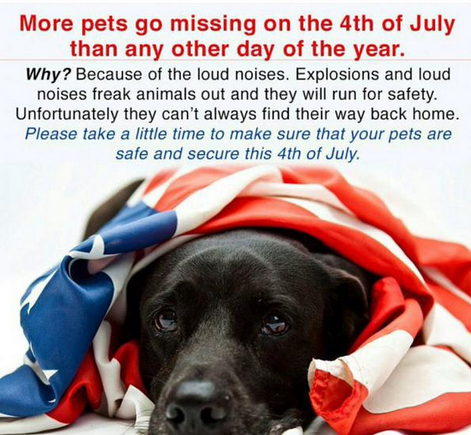
Recent Comments